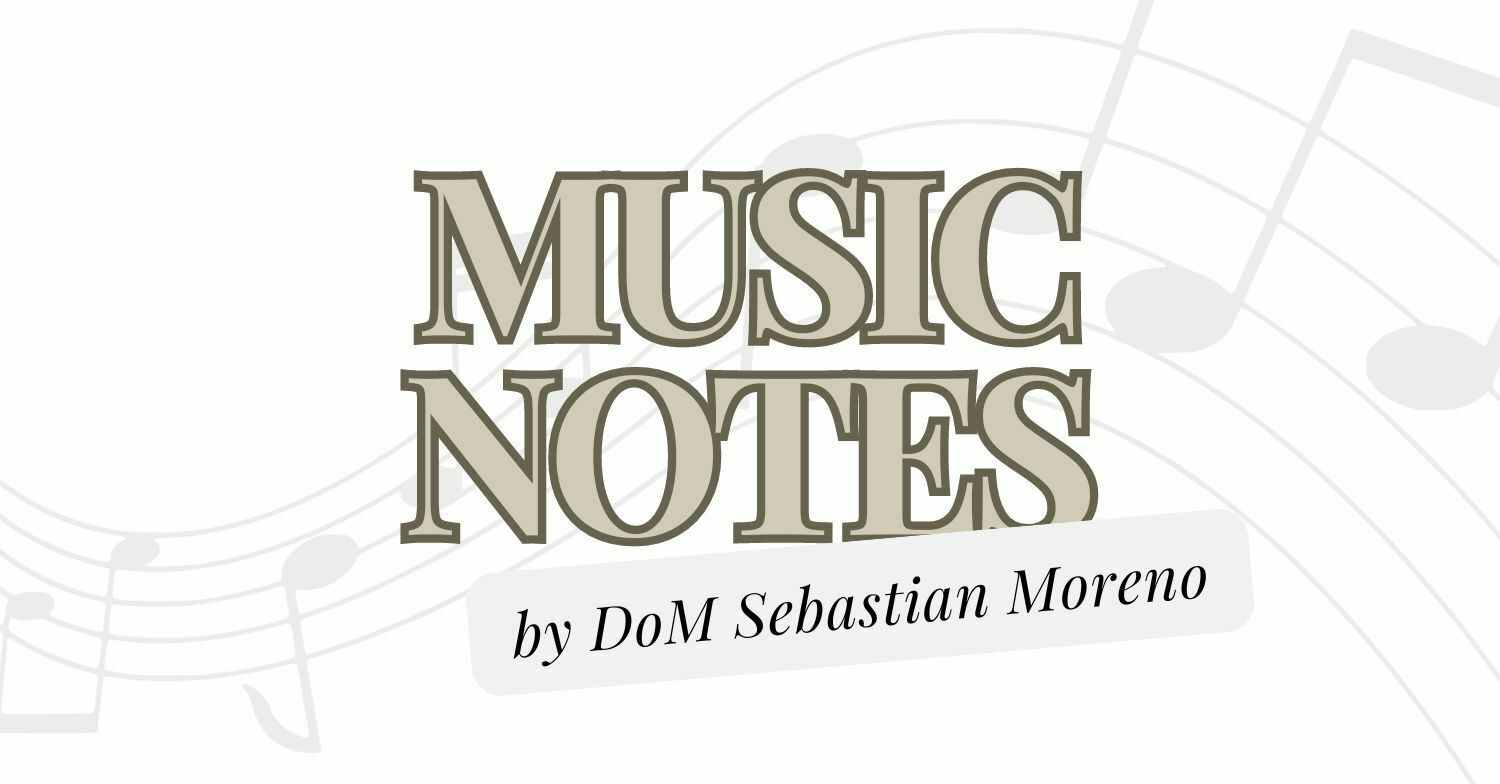From Medieval Ireland to Today: The Enduring Power of ‘Be Thou My Vision’


As Martin Luther famously said:
“Next to the Word of God, the noble art of music is the greatest treasure in the world.”
Luther, along with many early Reformation leaders, deeply believed in the power of congregational singing to teach, internalize, and express faith. Our hymn singing today continues to embody this vision, inviting us into a shared spiritual experience through music.
This Sunday, our closing hymn Be Thou My Vision offers a perfect example of this rich tradition. With its history spanning centuries, cultures, and languages, it remains one of the most beloved hymns in the English-speaking world. Yet its origins reach far back to early medieval Ireland.
The original text of Be Thou My Vision is believed to have been composed in Old Irish around the 8th century, possibly as early as the 6th century. Traditionally attributed to Dallán Forgaill, an Irish poet and monk - though the exact authorship is debated - the poem was originally titled “Rop tú mo Baile,” which means “Be Thou My Vision” or “Be Thou My Home.” This early Irish prayer is profoundly personal, invoking God as one’s guide, protector, and source of wisdom. It reflects a distinctive Celtic Christian spirituality, characterized by a deep intimacy with God, especially amid spiritual and physical struggles.
The hymn’s text draws heavily on imagery familiar to early Irish Christians and deeply rooted in Celtic spirituality. It portrays God as a High King (Ard Rí), a figure embodying both political and spiritual authority in a society where kingship was central to identity. The hymn also employs battle metaphors, such as “sword for the fight,” symbolizing the Christian’s spiritual struggle against sin and darkness.
The hymn was first translated into English in 1905 by Mary Elizabeth Byrne, a scholar of Irish language and history. Her literal translation was then versified in 1912 by Eleanor Hull, whose poetic adaptation is the version most sung today. Hull’s work beautifully preserves much of the original prayer’s spiritual intimacy, rich symbolism, and poetic structure, while making it accessible for congregational singing.
Sebastian Moreno
Director of Music